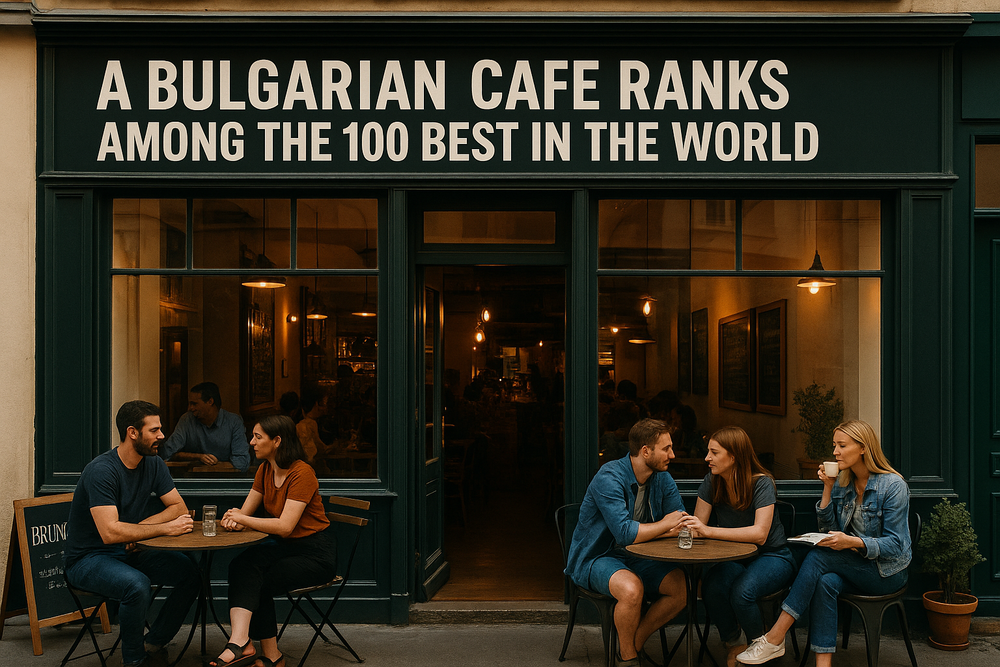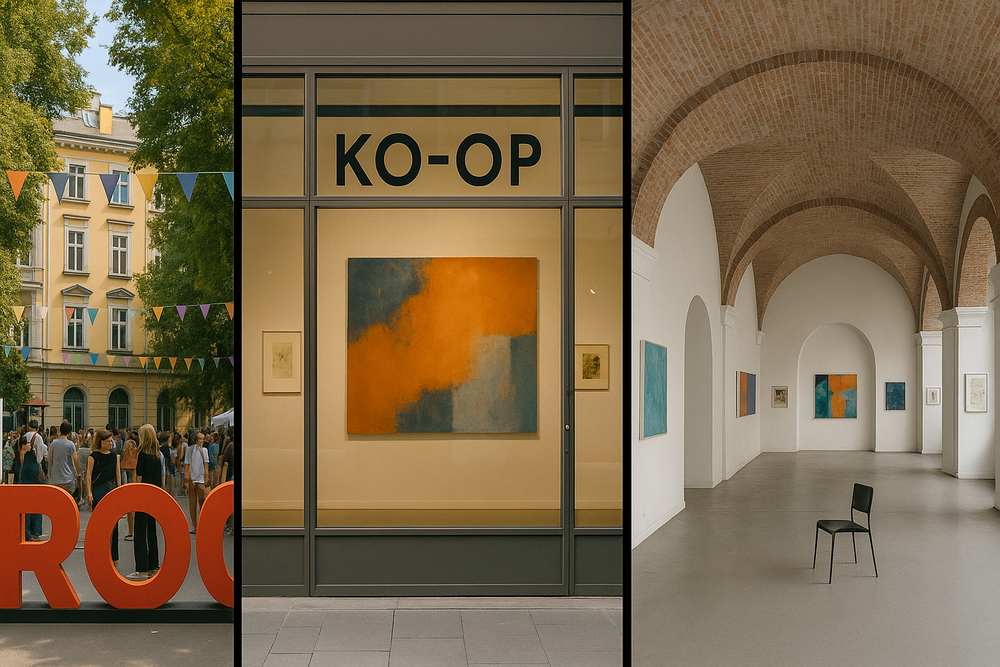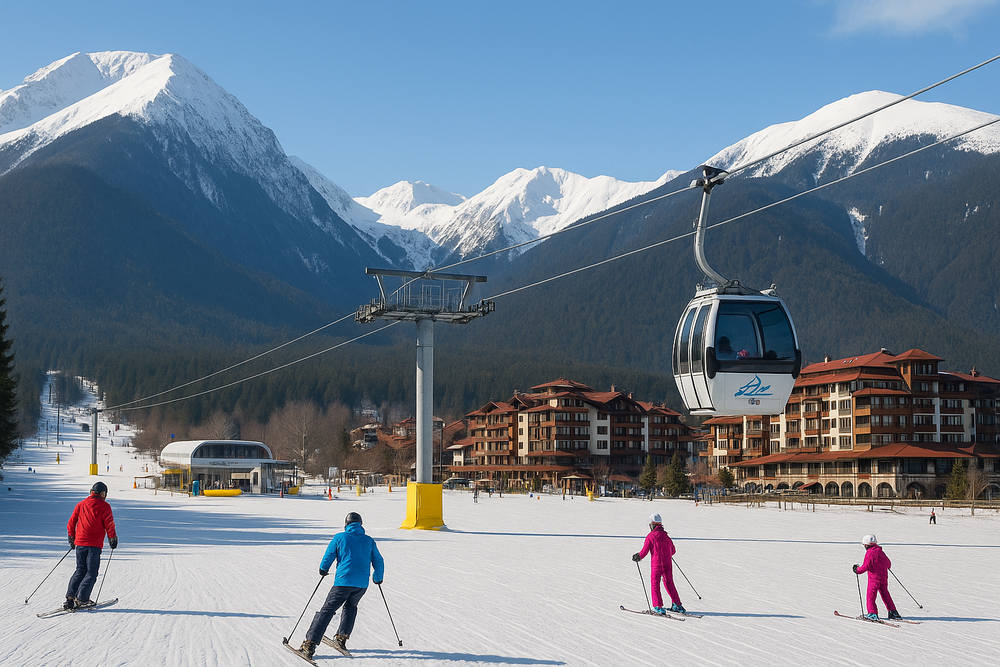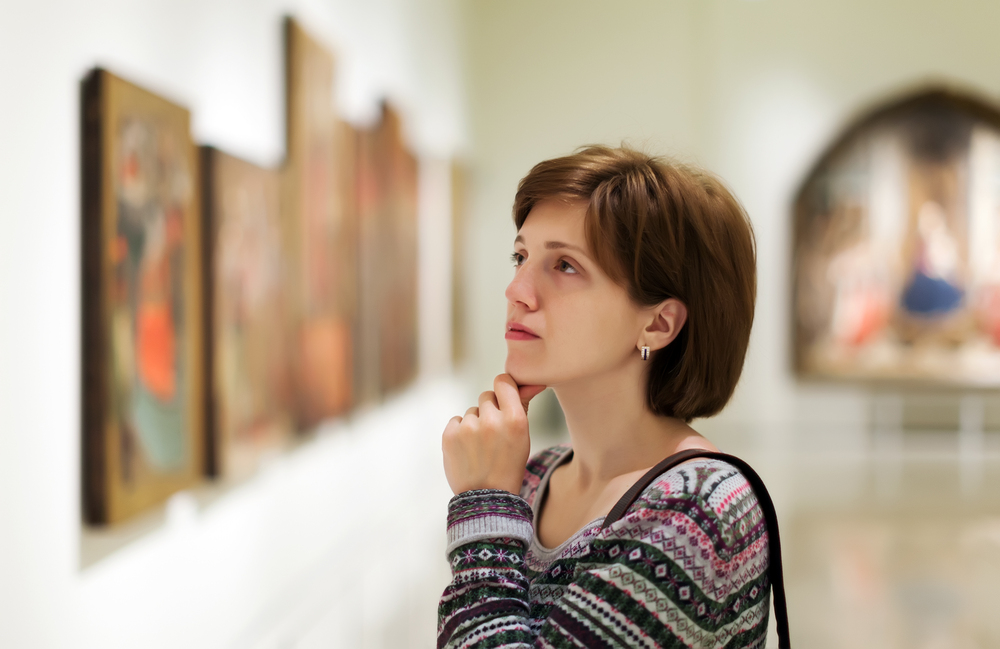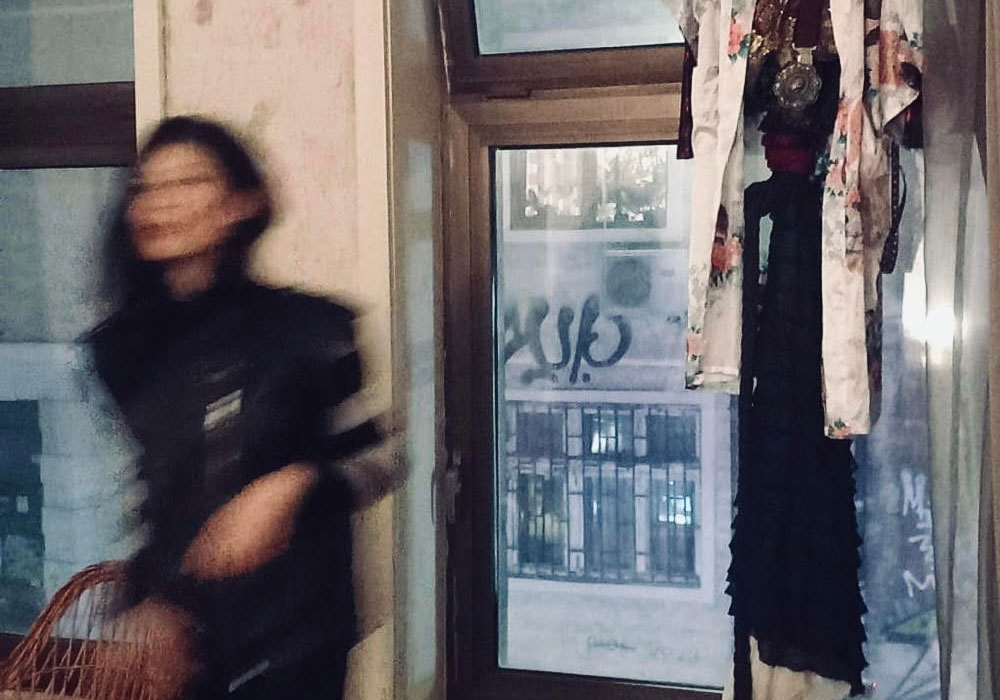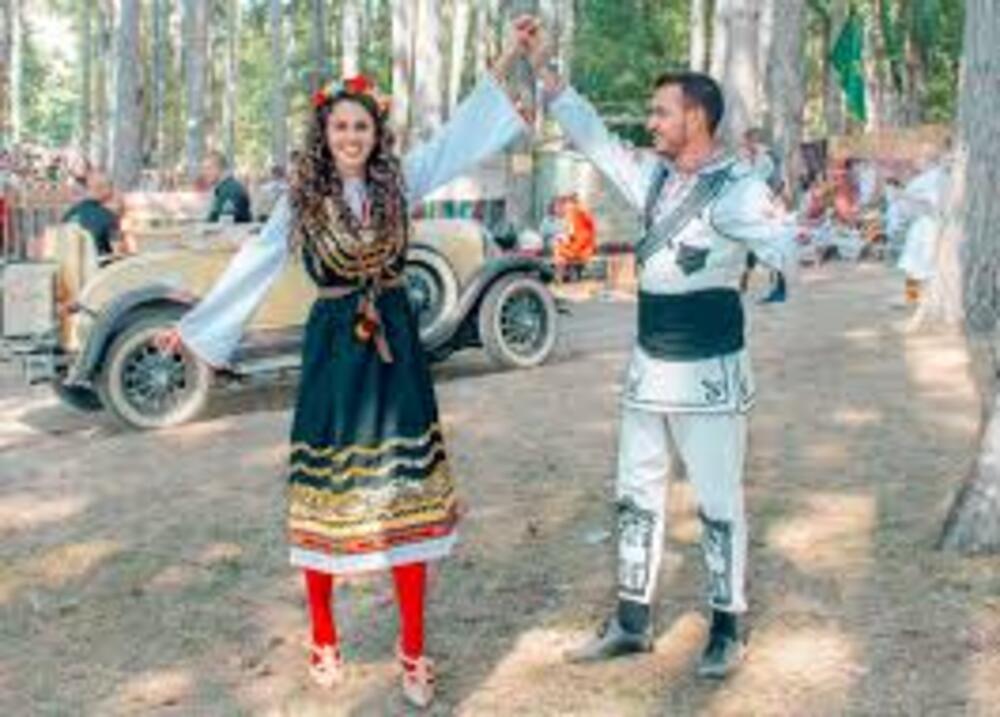
Architectural Journey: Tracing Bulgaria’s History Through Brick and Stone
Bulgaria’s rich and layered history is not only preserved in books or museums—it is written in stone, wood, and concrete, in the walls of ancient tombs, vibrant townhouses, and towering monuments. To walk through Bulgaria is to walk through thousands of years of civilization, where every corner tells a story. This architectural journey takes us across eras, empires, and ideologies, revealing how each left its mark on the country’s diverse and evolving built landscape.
Ancient Echoes: Thracian Tombs and Roman Splendor
Our journey begins over two millennia ago with the mysterious Thracians, whose legacy lives on in dozens of monumental tombs scattered across the country. The Thracian Tomb of Kazanlak, a UNESCO World Heritage Site, features stunning murals and a domed chamber that whispers of ritual, royalty, and a world long gone.
Fast forward a few centuries, and we arrive in the Roman period. Bulgaria, once part of the Roman Empire, boasts remnants of grand urban planning—stadiums, amphitheaters, baths, and fortresses. The Roman Theatre in Plovdiv, still used for performances today, stands as a magnificent example of how past and present coexist.
Medieval Majesty: Fortresses and Monasteries
As the First and Second Bulgarian Empires rose between the 7th and 14th centuries, a distinctly medieval Bulgarian style emerged. Stone fortresses, like Tsarevets in Veliko Tarnovo, speak of a time of royal courts, epic battles, and Orthodox faith. High on rocky cliffs or nestled in forested valleys, medieval monasteries like Rila Monastery combine spiritual sanctuary with defensive might, their frescoes preserving stories of saints and resistance.
Ottoman Influence: Minarets and Courtyards
The Ottoman rule (1396–1878) reshaped the urban landscape. Though Bulgaria retained its Christian soul, Islamic architectural elements appeared across the land. The Dzhumaya Mosque in Plovdiv, with its elegant minaret and stonework, is one of the oldest surviving Ottoman buildings in the Balkans.
The period also saw the rise of Ottoman-influenced urban homes, with internal courtyards, woodwork detailing, and tiled roofs—structures blending Eastern and Balkan traditions.
National Revival: Color, Symmetry, and Identity
The 18th and 19th centuries brought Bulgaria’s National Revival, a cultural awakening mirrored in its architecture. Towns like Koprivshtitsa, Tryavna, and Plovdiv’s Old Town are open-air museums of colorful facades, curved bay windows, and richly decorated wooden ceilings.
These homes were more than just dwellings—they were statements of national identity, pride, and a quiet rebellion against centuries of foreign rule.
Communist Era: Monumentality and Brutalism
Post-World War II Bulgaria entered a new era under communist rule, and its architecture reflected the change. Massive Soviet-style apartment blocks rose in cities to house the growing urban population. Yet the era also produced brutalist masterpieces, like the Buzludzha Monument, resembling a concrete UFO atop a mountain—a symbol of utopian ambition and political propaganda.
Government buildings, cultural palaces, and vast public squares embodied the might of the state, but also showcased experimentation with form and scale.
Contemporary Horizons: Steel, Glass, and Green Design
Today, Bulgaria’s architecture is evolving once again. In cities like Sofia, glass skyscrapers, eco-buildings, and adaptive reuse of historical structures mark a shift toward sustainability and innovation. From the Capital Fort tower to repurposed industrial spaces turned art centers, modern Bulgaria balances progress with preservation.
Yet even in the most cutting-edge structures, echoes of the past remain—whether in shape, material, or intention.

One Land, Many Layers
Bulgaria’s architectural heritage is more than a series of styles—it’s a living chronicle of survival, adaptation, and expression. Each structure, whether a centuries-old fortress or a sleek office tower, offers a window into the era that shaped it.
Through architecture, Bulgaria tells its story—not just of conquest and change, but of creativity, resilience, and the enduring beauty of place.
